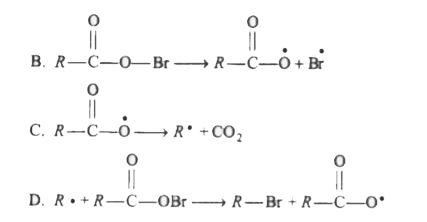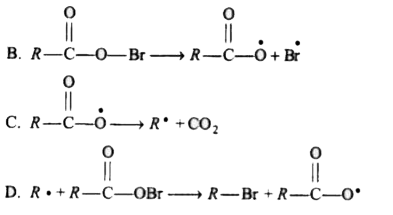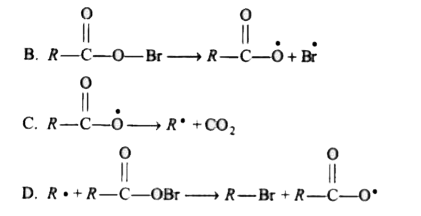ATP is involved in both sliding filament mechanism and in the maintenance of calcium pump.
Step-by-Step Solution:
1. Understanding Muscle Contraction: Muscle contraction is primarily driven by the sliding filament mechanism, which involves the interaction between actin and myosin filaments.
2. Role of Calcium Ions: The process begins with calcium ions (Ca²+) being released from the sarcoplasmic reticulum. These calcium ions bind to troponin, a protein complex associated with actin filaments.
3. Exposure of Binding Sites: When calcium binds to troponin, it causes a conformational change that exposes the active binding sites on actin filaments. This allows myosin heads to attach to these sites.
4. ATP Binding to Myosin: For muscle contraction to occur, ATP (adenosine triphosphate) binds to the myosin heads. This binding is crucial as it provides the energy needed for the myosin heads to pivot and pull the actin filaments toward the center of the sarcomere, leading to contraction.
5. Release of Myosin Heads: After the power stroke (the movement of myosin pulling actin), ATP is again required to detach the myosin heads from the actin filaments, allowing the cycle to repeat.
6. Calcium Pump Maintenance: After muscle contraction, ATP is also essential for the calcium pump, which actively transports calcium ions back into the sarcoplasmic reticulum. This process is vital for muscle relaxation.
7. Conclusion: Since ATP is involved in both the sliding filament mechanism (by providing energy for contraction and detachment of myosin) and in the maintenance of the calcium pump (for muscle relaxation), the statement is true.
Final Answer: True, ATP is involved in both the sliding filament mechanism and in the maintenance of the calcium pump.
---
Topper's Solved these Questions
- LOCOMOTIONA ND MOVEMENT BOOK - ICSECHAPTER - LOCOMOTIONA ND MOVEMENT EXERCISE - TEST YOUR PROGRESS ( VERY SHORT ANSWER TYPE QUESTIONS )
73 Videos
- LOCOMOTIONA ND MOVEMENT BOOK - ICSECHAPTER - LOCOMOTIONA ND MOVEMENT EXERCISE - TEST YOUR PROGRESS ( SHORT/LONG ANSWER TYPE QUESTIONS )
31 Videos
- LOCOMOTIONA ND MOVEMENT BOOK - ICSECHAPTER - LOCOMOTIONA ND MOVEMENT EXERCISE - TEST YOUR PROGRESS ( OBJECTIVE TYPE QUESTIONS ) (Fill in the blanks with appropriate words.)
20 Videos
- LOCOMOTION AND MOVEMENTBOOK - ICSECHAPTER - LOCOMOTION AND MOVEMENTEXERCISE - LONG ANSWER TYPE QUESTIONS
14 Videos
- MINERAL NUTRITION BOOK - ICSECHAPTER - MINERAL NUTRITION EXERCISE - NCERT EXERCISE WITH ANSWER (DIFFERNTIATE BETWEEN )
9 Videos
Similar Questions
Knowledge Check
The Hunsdiecker reaction is believed to proceed by a free radical mechanism and involves the formation of an acyl hypohalite.


The major product is :APh−CH=CH−−∣CH3BrBPh−Br∣CH−CH=CH−CH3CPh−CH=Br∣C−CH2−CH3DP−CH=CH−C∣CH3H−CH2BrThe Hunsdiecker reaction is believed to proceed by a free radical mechanism and involves the formation of an acyl hypohalite.


 A
A B
B C
C D
D
The Hunsdiecker reaction is believed to proceed by a free radical mechanism and involves the formation of an acyl hypohalite.


The rate determining step is :AStep IBStep IICStep IIIDStep IV
Cells involved in immune mechanism are:
View SolutionThe reaction that is NOT involved in the ozone layer depletion mechanism in the stratosphere is
View SolutionDefine sliding filament theory of muscle contraction.
View SolutionAccording to sliding filament theory, which band/ zone does not change in width?
View SolutionWhat is the mechanism involved in the halogenation reaction of alkanes?
View Solution
